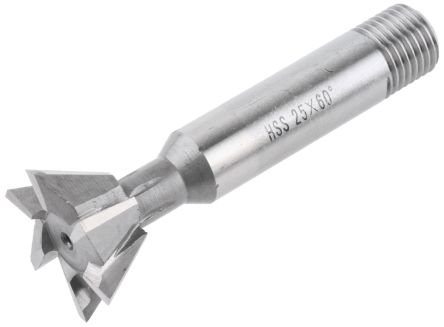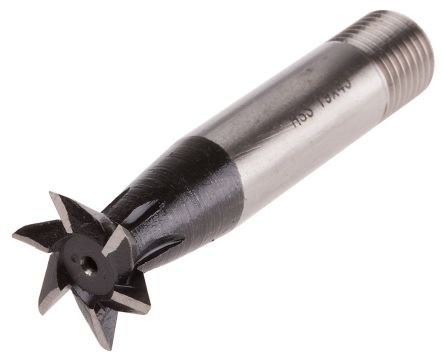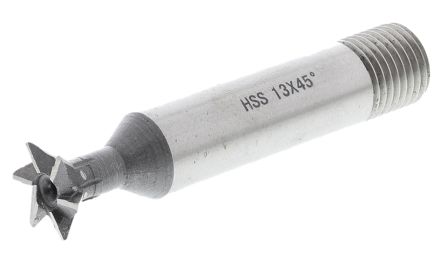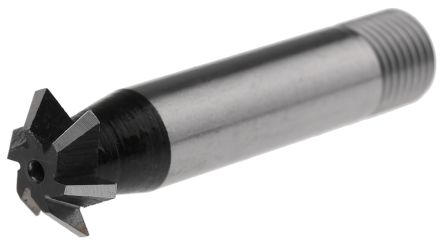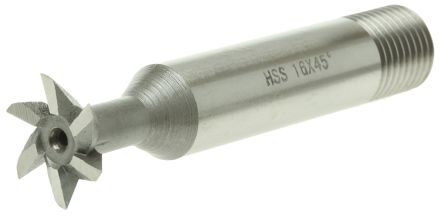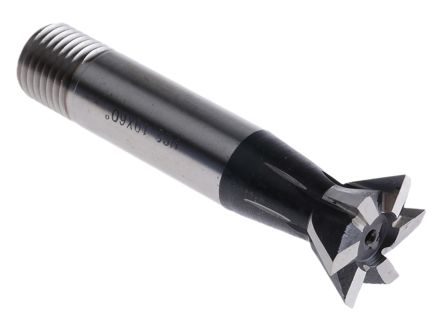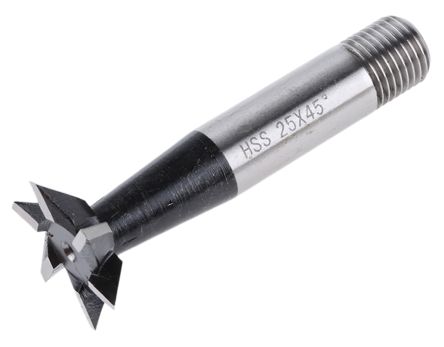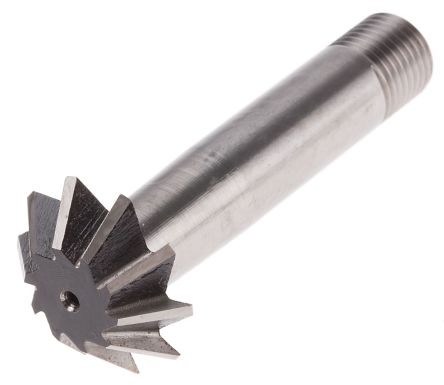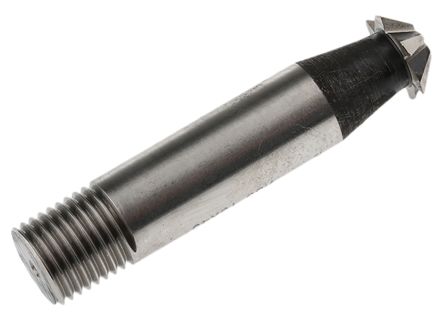- Automation & Control Gear
- Cables & Wires
- Enclosures & Server Racks
- Fuses & Circuit Breakers
- HVAC, Fans & Thermal Management
- Lighting
- Relays & Signal Conditioning
- Switches
- Batteries & Chargers
- Connectors
- Displays & Optoelectronics
- ESD Control, Cleanroom & PCB Prototyping
- Passive Components
- Power Supplies & Transformers
- Raspberry Pi, Arduino, ROCK, STEM Education & Development Tools
- Semiconductors
Dovetail Cutters
Dovetail cutters are specialised tools designed for cutting dovetail angled grooves into a workpiece and are used for fitting or joining parts. They can be manufactured as a solid construction or can be built of holders and inserts.
What types of Dovetail cutters are available?
Dovetail cutters are available in a number of options with various ends or tip geometry options, including square end, ball nose, radius tip, and chamfer tip.
- Square end tip geometry for dovetail cutters has a square or straight end that features no radius, chamfer, or other finish.
- Ball nose dovetail cutter tips have a "ball nose" whose radius is one half of the cutter diameter. This type of dovetail cutter tip is useful for machining female semicircle grooves of radii.
- Radius-tipped dovetail cutter ends are straight flutes with ground radius on the very tip.
- Chamfer tip ends feature an angled section of the side of the end. These tips produce an angled cut of chamfered edge on a workpiece.
How to select the right Dovetail Cutter?
When selecting a dovetail cutter, consideration must be made to the desired finish type. There are typically two finish options: roughing/hogging and finishing. Roughing/hogging cutters are designed so that the machine geometry, flutes, and materials can be used for rapid and heavy material removal. They are typically used to machine workpieces close to the desired finishing dimensions, where a finishing dovetail cutter takes over and produces closer tolerances and a higher-quality surface finish.
What are Dovetail Cutters made from?
The material of the dovetail cutter is important for understanding the level of cutting the machine can handle. Materials like carbide, cobalt, and diamond are hard and can be used in high-speed applications, whereas materials like steel are used for general metal machining. Other material options for dovetail cutters include micro-grain carbide, which is used most often in surface finishing applications and ceramic.
Coatings for dovetail cutter machines are important considerations as well; they can provide additional protection against corrosion and abrasion, increase the tool's hardness, provide lubrication and smoothness assistance, and improve the overall lifetime of the tool.
